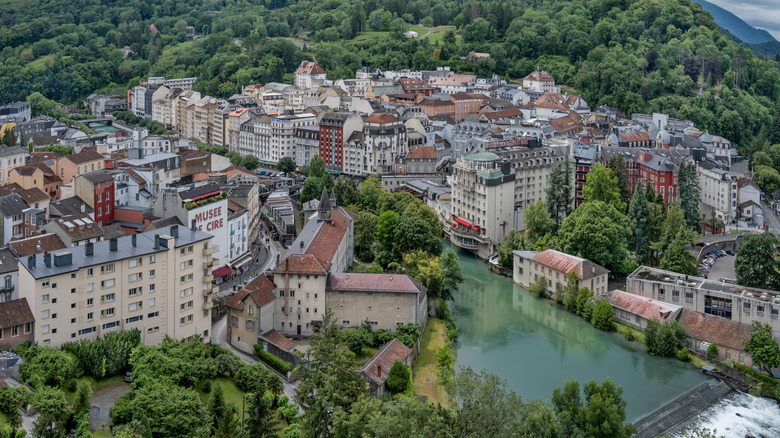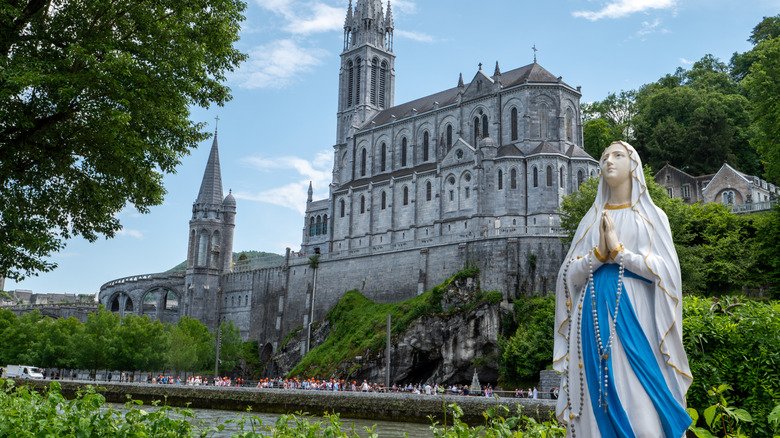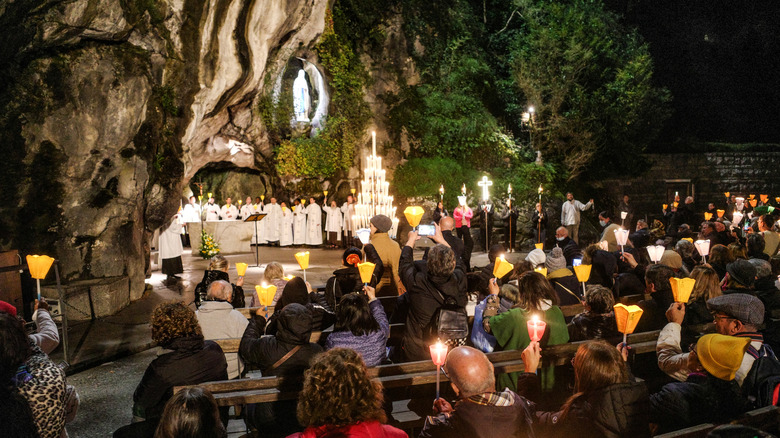In certain travel categories — like cuisine, wine, or a particular activity or theme — some destinations stand out above others. For example, New Zealand’s Queenstown is a lakeside gem considered the world’s adventure capital, whereas the world’s rodeo capital is located near Yellowstone National Park in Cody, Wyoming. Believe it or not, the world has a miracle capital, too, tucked away in the southwestern corner of France near the Spanish border.
The town is called Lourdes, and over the past 142 years or so, more than 7,000 pilgrims and visitors have reported unexplained healings here. An entity established by the Catholic Church — the Bureau des Constatations Médicales de Lourdes (Medical Bureau of the Sanctuary) — employs a permanent medical doctor. Dr Alessandro de Franciscis, alongside his colleagues, thoroughly investigates all healings, and in 2025, confirmed that 72 of them were bona fide religious, medical miracles.
The mysteries of Lourdes date back to February 11, 1858, when a 14-year-old girl by the name of Bernadette Soubirous began seeing and speaking to an apparition of the Virgin Mary near a cave on the edge of town, the Massabielle Grotto. The apparition informed Bernadette about a spring hidden near the mouth of the cave. It’s after contact with this spring water that most Lourdes miracles occur, even though testing has revealed that there’s nothing chemically unusual about it.
Anatomy of a Lourdes miracle
Miracles are outstanding events inexplicable by common sense, scientific methods, or the natural world as we know it. If your mood suddenly brightens or your toothache disappears after guzzling some Lourdes water, that’s a good thing. But it probably won’t pass Lourdes’ strict divine intervention test.
For the bureau to certify that a miracle has occurred, several requirements must be met. First, the cured person’s sickness must have been serious, with an unfavorable prognosis, and the person must be able to present biological or radiological evidence that they had this disease. Next, the Lourdes healing experience must have been instantaneous and not involve any convalescence period, and the bureau must verify that no other treatments or interventions were responsible for it. Finally, remissions and simple regressions of symptoms do not qualify as miracles — there must be a lasting and definitive return of all vital functions.
People of many ages and nationalities have experienced verified Lourdes cures. Interestingly, 80% have been women. The most recently verified miracle cure happened to an Italian woman, Antonietta Raco, who suffered from a degenerative neuromuscular condition known as primary lateral sclerosis. In 2009, after immersion in the waters at Lourdes, Raco “began to move independently,” after which “the effects of the infamous illness immediately and definitively disappeared,” per the post on X, formerly known as Twitter, by the Sanctuary of Our Lady of Lourdes (via Catholic News Agency).




